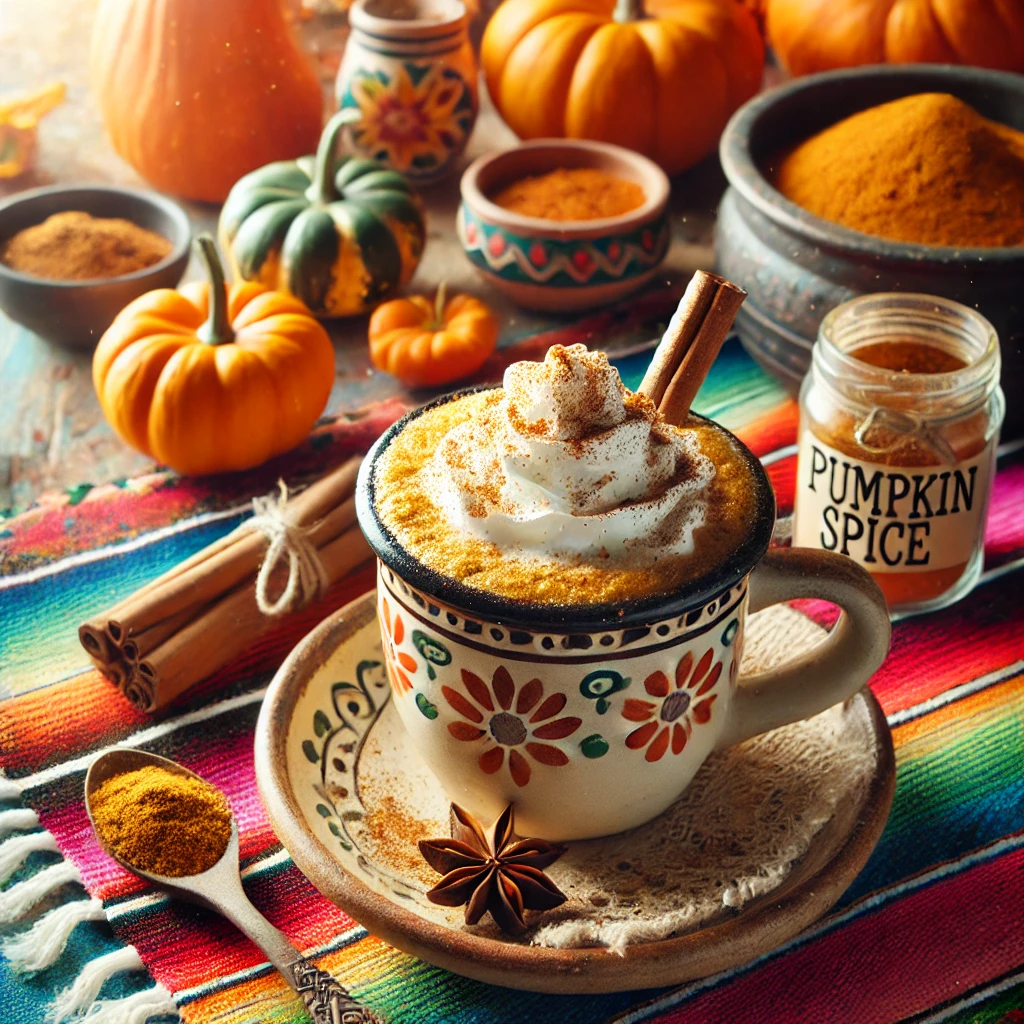Stewed Honey Peach With Lavender Ice Cream And Elderberry Purée
Stewed Honey Peach With Lavender Ice Cream And Elderberry Purée
Ingrediënten
- Ingredients for 5 Servings
- 2 cups 500 ml Riesling
- ⅓ cup 80 g Granulated sugar
- ⅔ cup 250 g Honey
- 8 Peaches
- 4 Lavender flowers
- 14 oz 400 g Lavender ice cream (see p. 355)
- 14 oz 400 g Elderberry purée (see p. 180)
- Confectioner’s sugar for dusting
Instructies
- Preheat oven to 320 °F (160 °C).
- Boil the Riesling and sugar.
- Add the peaches for 2 minutes, then take out and peel.
- Arrange the peaches in a casserole dish.
- Add the lavender flowers to the Riesling mixture and reduce to half.
- Remove the lavender.
- Stir honey into the mixture and pour over the peaches.
- Bake for 40 minutes.
- Remove from oven, let cool just briefly, and place each warm peach on a plate.
- Scoop lavender ice cream next to each peach.
- Spoon elderberry purée onto each and dust with confectioner’s sugar.
Notes / Tips / Wine Advice:
Garnish Recommendation:
vanilla foam From the Honey Cane
It is hard to believe, but until the nineteenth century, the word “sweet” was used almost exclusively in relation to honey, not sugar. Only the truly rich could afford cane sugar, which had to be imported from exotic lands at outrageous prices. Honey, on the other hand, like bees, there was more than enough of. Already by the fourth century, Apicius had collected numerous ancient sweet recipes like boiled ostrich in honey, flamingo with dates and honey, and eggs with honey on top, which display sweetness as the vade mecum of roman gourmet cooking. And as we know from Emperor Nero’s house books, 400,000 silver coins were paid for honey alone for a banquet at his court.
In addition to bee’s honey, cooks from Assyria to Palestine used date honey, pressed from the fruit, and palm honey or palm juice as sweetener. The word “honey” became synonymous with sweet in early antiquity. So it’s no surprise that when people first became aware of sugar cane in the time of Alexander the Great, they called it “honey cane.”
vanilla foam From the Honey Cane
It is hard to believe, but until the nineteenth century, the word “sweet” was used almost exclusively in relation to honey, not sugar. Only the truly rich could afford cane sugar, which had to be imported from exotic lands at outrageous prices. Honey, on the other hand, like bees, there was more than enough of. Already by the fourth century, Apicius had collected numerous ancient sweet recipes like boiled ostrich in honey, flamingo with dates and honey, and eggs with honey on top, which display sweetness as the vade mecum of roman gourmet cooking. And as we know from Emperor Nero’s house books, 400,000 silver coins were paid for honey alone for a banquet at his court.
In addition to bee’s honey, cooks from Assyria to Palestine used date honey, pressed from the fruit, and palm honey or palm juice as sweetener. The word “honey” became synonymous with sweet in early antiquity. So it’s no surprise that when people first became aware of sugar cane in the time of Alexander the Great, they called it “honey cane.”




